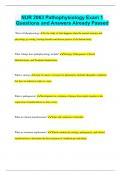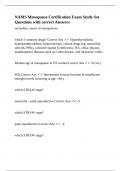College aantekeningen
Human Resource Management – Minor Social and Organisational Psychology
Summary of al the (pre-recorded) lectures (1-10) of Human Resource Management. Minor: Social and Organisational Psychology at the Vrije Universiteit (VU).
[Meer zien]













